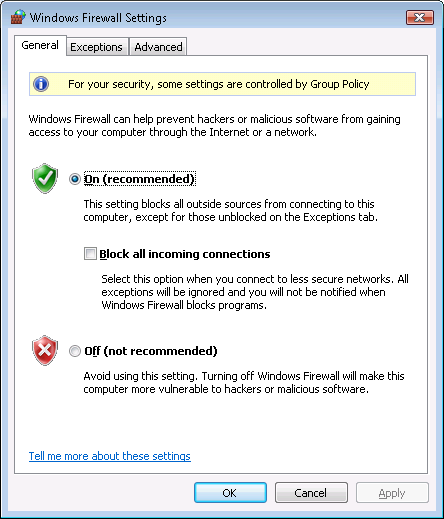

I have the upx.exe copied into the folder like the steps show, but when I type upx -9 dvm.dll into the command line at the end it says it doesn't recognize the command.Īm I doing something wrong or is there something I'm missing in the command line? I am a novice with using command lines at all, so I'm not sure I'm putting everything in correctly.
G2m.dll avg false positive windows 8#
New here so sorry for the necro, but I've been trying this method on my Windows 8 64bit, and I can't get the command line to do anything once it gets the the Win32_圆8 directory. I hope someone knows whether this is usual when capturing a virus or not. I hope mcefee whitelists this file oneday.Īt least it's now working on McAfee "protected" PC's without any complains. If you have Re psqlpwd.dll, Vundo trojan false positive then we strongly. I understand that it is difficult to give an answer based on this information. However, instead of being identified as 'generic.dx!b2bg' the new version is identified as 'Artemis!87D13E6FB70F'. I've followed your solution and the new file still gets deleted by the mcafee real-time scanner. McAfee still complains about the original (uncompressed) file.Īt least it's now working on McAfee "protected" PC's without any complains. Neither ON-DEMAND nor ON-ACCESS detects the upx compressed file as malware (in whatever sense). didnt come up with anything for that specific dll. Verified on a local copy of McAfee AntiVirus 2012 - including todays AV signatures. Re: AVG false positive flag it should be some generic message you are getting saying its encrypted. NOTE: I didn't verify it on a LOCAL installation of McAfee. Type "upx -9 dvm.dll" on the command line (backup your original dvm.dll first). Open up the command line and change to the directory containing dvm.dll. McAfee didn't detect my recompressed version and you could do it yourself.


 0 kommentar(er)
0 kommentar(er)
